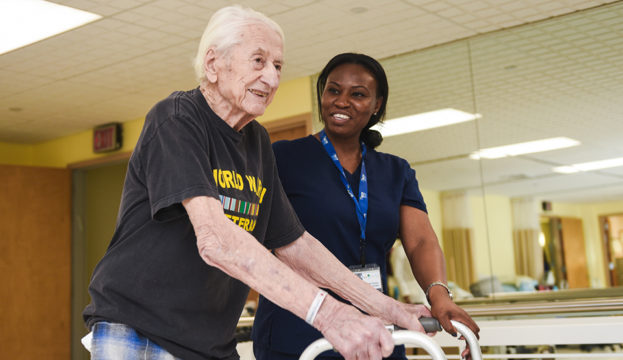The Effect of Tailored Exercise Regimen on Improving Recovery Results in Rehabilitation Programs
The Effect of Tailored Exercise Regimen on Improving Recovery Results in Rehabilitation Programs
Blog Article
Customized workout regimen is an important component of rehabilitation plans designed to assist people recover from traumas or operations. This approach involves developing personalized fitness plans based on a person’s specific needs, abilities, and health status. Unlike generic workout programs that may not fit everyone, customized plans take into account elements such as years, activity level, and the kind of injury. By focusing on these individual differences, recovery can become more efficient, leading to better recovery outcomes.
One of the primary advantages of a tailored workout prescription is that it can boost a patient’s motivation. When individuals see that their fitness plan is crafted just for them, they may experience more engaged and willing to take part. This sense of personal care can lead to improved adherence to the rehabilitation journey. Research have shown that patients who stick to their exercise programs are more likely to achieve favorable healing outcomes, such as lessened pain and enhanced mobility. By tailoring workouts applicable to each individual’s situation, recovery professionals can help patients remain committed to their healing process.
Moreover, the implementation of tailored workout prescriptions can help to reduce setbacks during the rehabilitation phase. When exercises are thoughtfully chosen based on a individual's present condition, the risk of injury or reinjury can be substantially lowered. For example, if a person is rehabilitating from knee surgery, the recovery program may include low-impact exercises that build the adjacent muscle groups without placing too much stress on the knee. This careful method not only aids recovery but also builds robustness and flexibility, which are crucial for returning to normal activities and preventing future injuries.
Additionally, the use of tailored exercise prescriptions can lead to more efficient recovery times. By focusing on targeted exercises reference that target the areas needing improvement, patients can often advance more quickly through their rehabilitation. This efficiency is especially crucial for sports participants and active individuals who want to get back to their activities or interests as soon as feasible. Rehabilitation professionals can monitor advancement closely and modify the exercise regimen as necessary, ensuring that clients are always exercising at the appropriate intensity for their recovery.
In conclusion, the effect of tailored workout prescriptions on rehabilitation programs is significant. By providing customized exercise regimens, medical professionals can boost drive, minimize the risk of injury, and promote faster rehabilitation periods. This personalized approach not only helps clients recover their power and mobility but also supports their overall well-being. As recovery continues to develop, it is clear that customized workout regimens will continue to be a vital component in assisting people reach their recovery objectives.